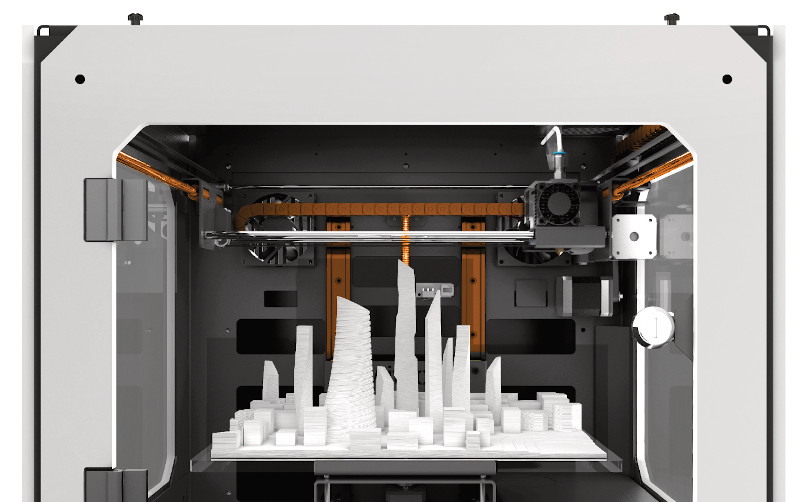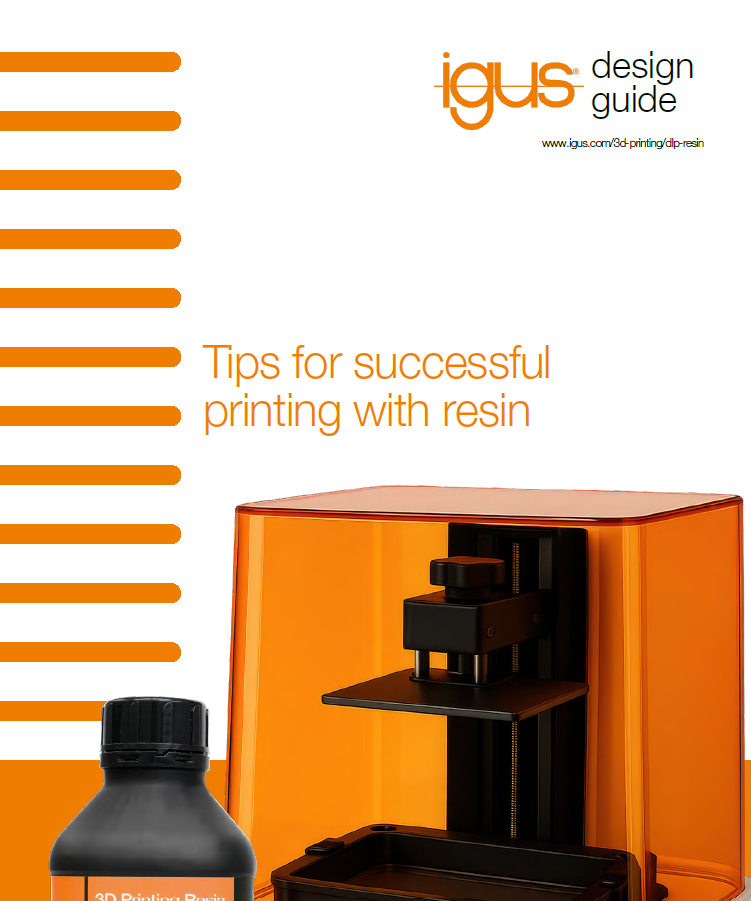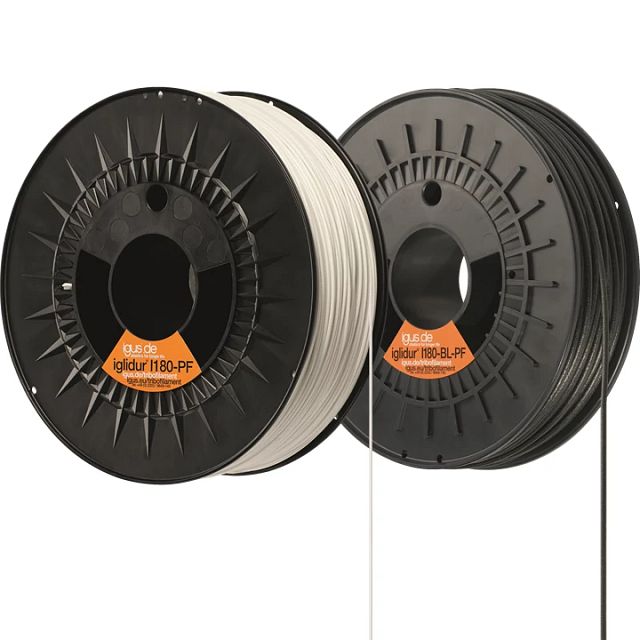Can 3D Printers Replace Machine Tools?
Picture this: You need a metallic component, so you quickly import the software model and the component comes out of the 3D printer in no time. There are no chips and practically no waste. You think to yourself, does this mean 3D printers, and 3D print services, can replace classic machine tools? This blog post examines that question against three relevant comparison categories: sustainability, accuracy and productivity.

Sustainability
Sustainability is a top priority in the production of wear parts and components. While chips and coolant are used in machine tools, 3D printers work dry and without waste. In terms of sustainable environmental protection, this is a clear advantage for 3D printers.
Accuracy
3D printers produce at best with an accuracy of approx. ±0.05mm. The accuracy of machine tools depends on the following factors and is therefore difficult to quantify:
- Geometry
- Kinematics
- Statics
- Dynamics
- Thermology
- Tribology
However, machine tools have clear advantages here because their accuracy is always higher than 3D printers.
Productivity
Productivity can be defined as the ratio of output to input used. Accordingly, the time factor plays a decisive role. The manufacturing time per component is much shorter for machine tools than it is for 3D printers. Therefore, 3D printers and print services are suitable for prototypes or small production runs, whereas machine tools are better for large series and mass production.
Conclusion
Let’s go back to the initial question: Can 3D printers replace classic machine tools? The answer is it depends.
Machine tools provide clear advantages in terms of accuracy and speed. This means that they can be used particularly efficiently in mass production. 3D printers, on the other hand, are particularly sustainable because there are no chips and no coolants have to be used. The waste is minimal. They are particularly suitable for prototypes and small batches.
We can say that both technologies are justified. In the short and medium term, machine tools will not be able to be replaced by 3D printers. It will be exciting to see how 3D printing develops over the next few years. There are already flagship projects in the aerospace industry that could revolutionize aircraft construction.
Interested in wear-resistant SLS-printed parts? Order your prototype or small production run using our 3D print service. You can also visit our iglide® materials webpage to learn more about our dry-running polymers that have been proven to last three times longer than conventional printing materials inside moving applications. You can also speak with an igus® 3D print expert here.



